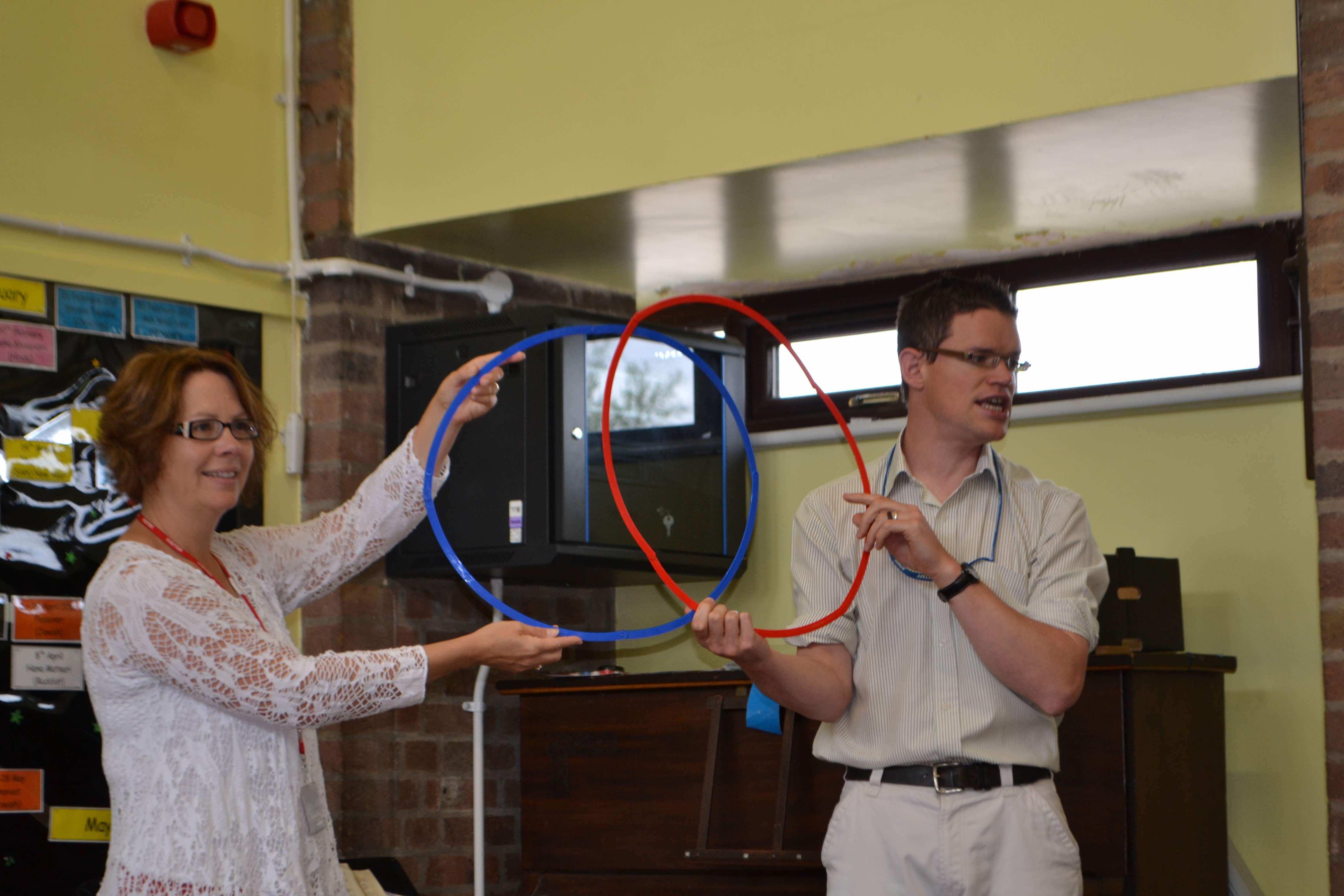We were delighted to receive the following email from Jonathan, a teacher we have been working with on the project for some time. With his permission we share it here. You can read more about the students’ ideas using the project in a blog post Jonathan wrote for us last year here .
“It has been a great privilege to have been involved in Fractions Lab, since the start of the project over two years ago. At that time I was teaching a Year 5 class that included a significant group of children who were really struggling to understand even the most basic concepts of fractions, including that they represented equal parts of a whole. Their involvement in the early stages of the platform helped to bring about their rapid progress and their responses showed that most of them had a thorough understanding of equivalence and could order simple fractions by the end of the year. A good deal of this progress, I believe, can be attributed to their involvement in Fractions Lab. In particular, the multiple representations helped them to see fractions in different contexts (there were three representations available during this stage in the development of the platform. Now there are four)”.

Teacher Jonathan Leeming with iTalk2Learn researcher Alice Hansen during a school maths assembly where student participants were presented with iTalk2Learn certificates
Fractions Lab not only helped those struggling with fractions. The more confident children used the partitioning function available on the platform to help them to add fractions with different denominators (3/7 +1/3). This is one of my favourite features of the platform because it allows children to very quickly see equivalence in each representation; otherwise this would be incredibly time-consuming and messy to try to demonstrate with models. The platform provided a scaffold that enabled some of these children to understand and calculate with fractions that would otherwise not have been able to access this.
Since these early stages of the project, it has been great to watch cohorts in our KS2 classes as they have been involved in piloting some of the developments in the platform including task switching and voice recognition. Teachers always comment on the enthusiasm of children and their progress during the process. This was especially the case last summer during the trialling of the final upgrade of the platform.
It is not only the children that are enthusiastic, the teachers have commented that the platform is a useful tool for teaching a range of National Curriculum objectives including adding and subtracting fractions, simplifying, improper and mixed fractions, ordering fractions and equivalence. The platform is a timely development as expectations of achievement in fractions have been raised in the new National Curriculum.
As mathematics leader in school, I have also found the platform to be invaluable for developing pedagogy. In particular, teachers are more aware of the need to represent fractions in a variety of ways instead of a predominance of the area representation. The platform is particularly useful in this respect because all of the five major representations are available in one place. Now that I teach Year 2, I am aware of the need to expose pupils to a variety of representations from an early age and the platform has proven to be an extremely useful resource for allowing me to do this.
Moving forward this year I will be using the platform in a number of ways. Firstly with my Year 2 class I will continue to use it for whole-class instruction and independent work when teaching fractions. As well as showing different representations of halves, quarters and thirds, I will use the partitioning function to show equivalence between halves and quarters and the comparing function to order these fractions. I will also use it for delivering a CPD INSET session on fractions to staff in my school and as I support other schools as an NCETM Professional Development Leader.”
If you’d like to know more about Fractions Lab you can go to the Fractions Lab website where you will find:
- Fractions Lab as a stand-alone resource to use online
- Information about Fractions Lab, its designers and developers
- A number of ‘getting started’ guides to help familiarise yourself with Fractions Lab’s workspace, how to make fractions, making equivalent fractions, as well as adding and subtracting fractions.
- A set of sample tasks to get you started
- Some case studies of how other teachers have used Fractions Lab in their own classrooms
Feel free to contact us at fractionslab@lkl.ac.uk if you’d like to get in touch.


